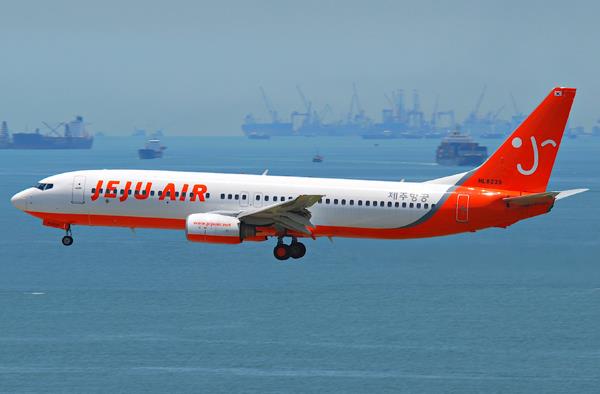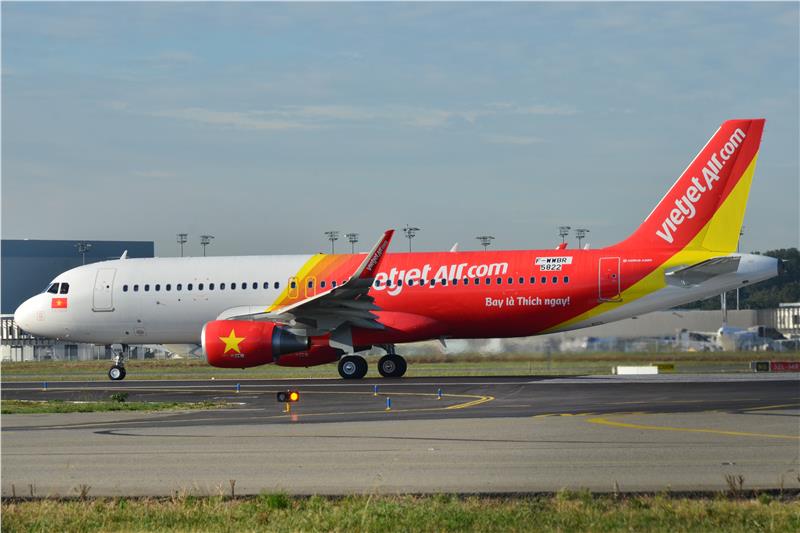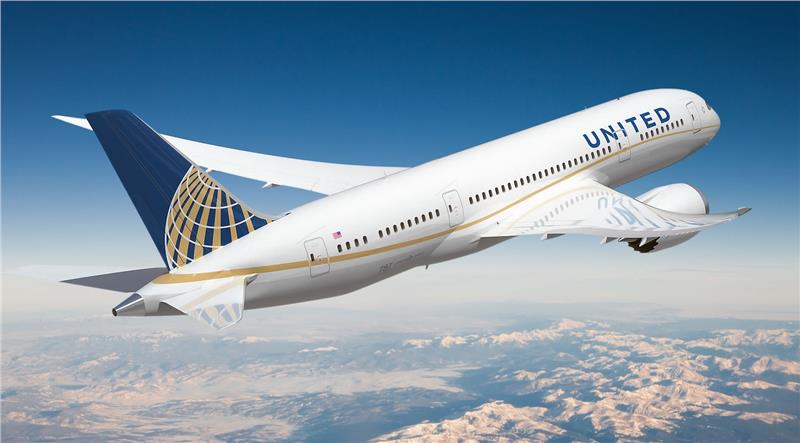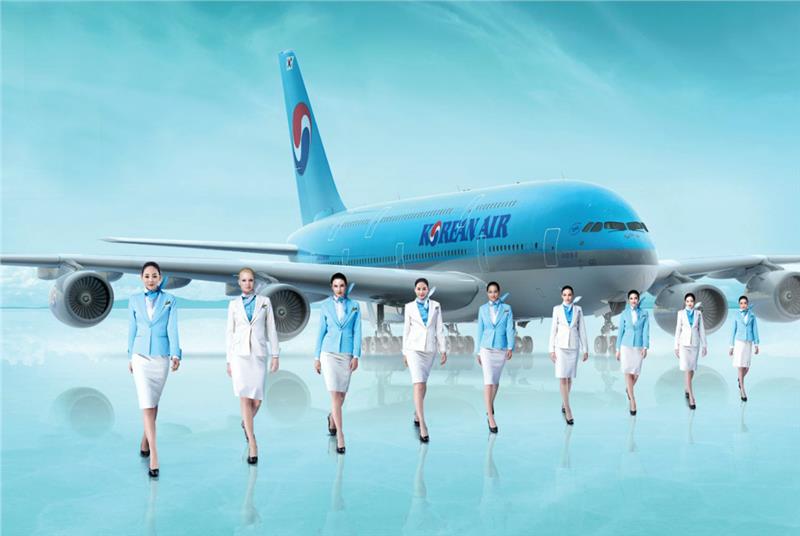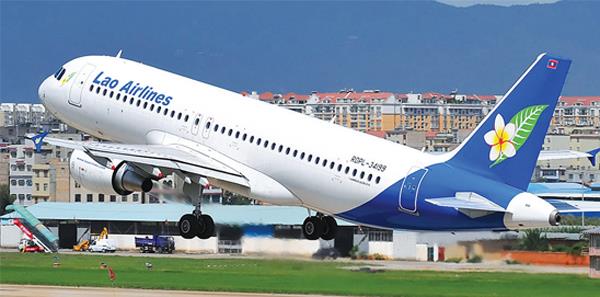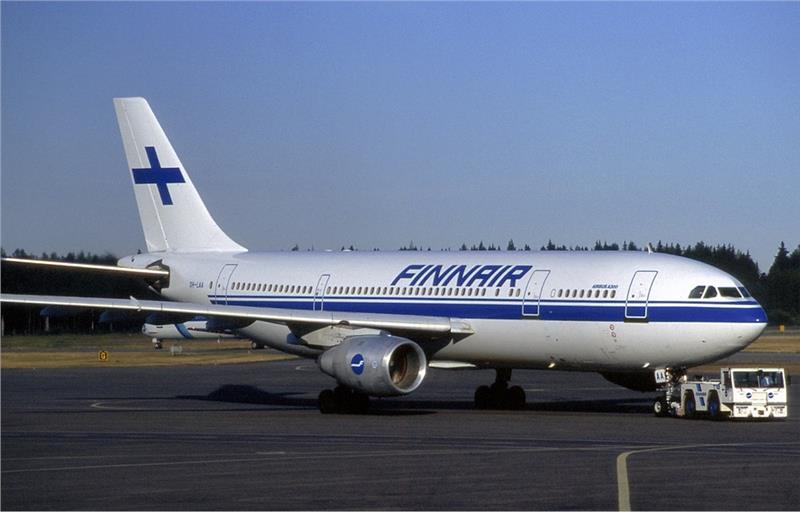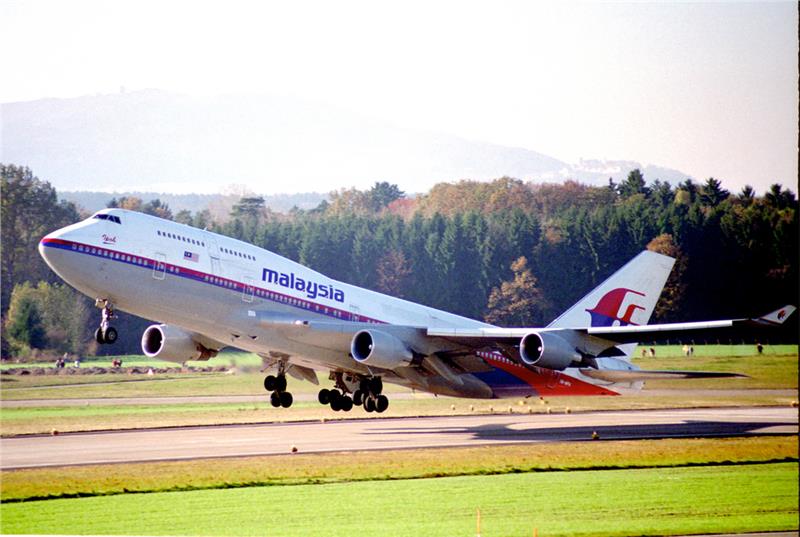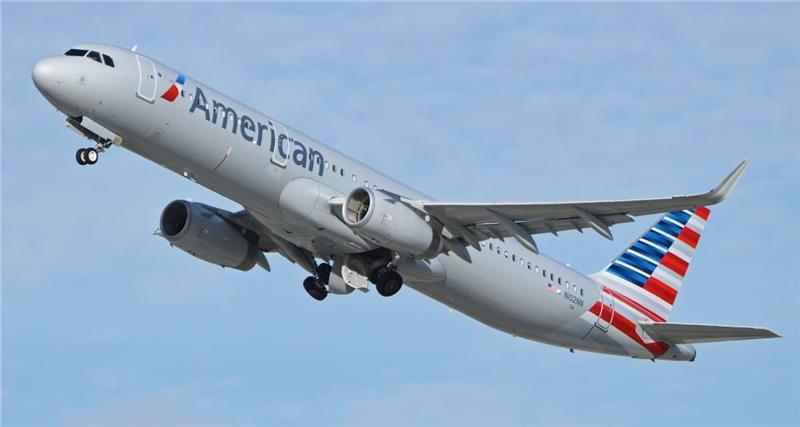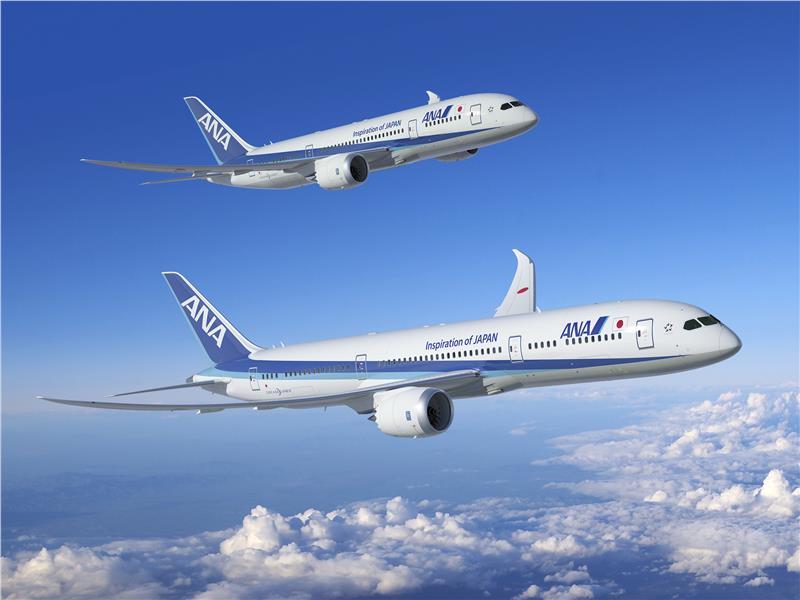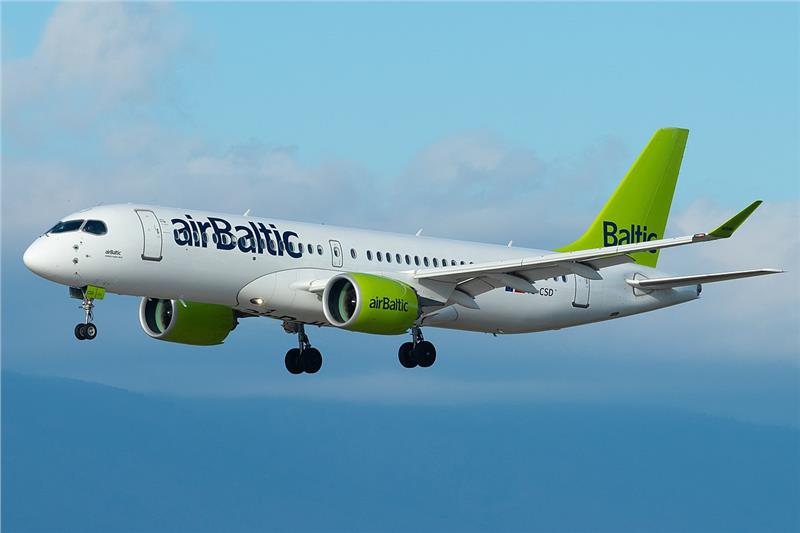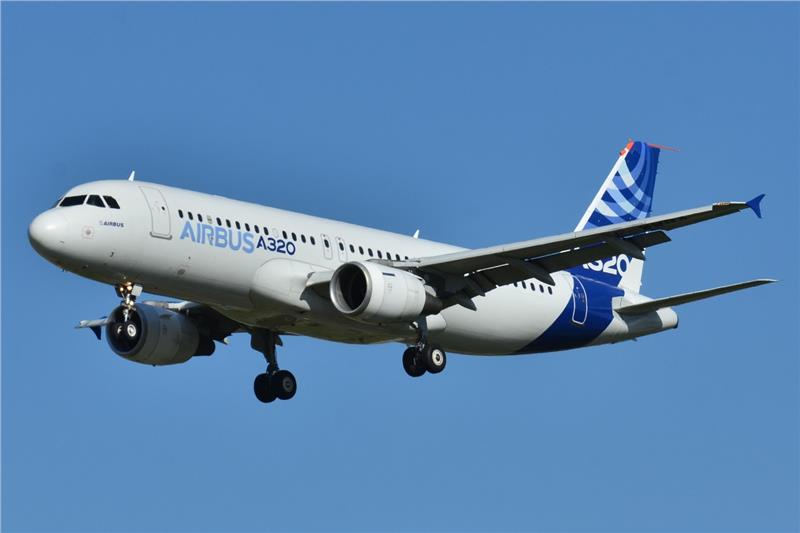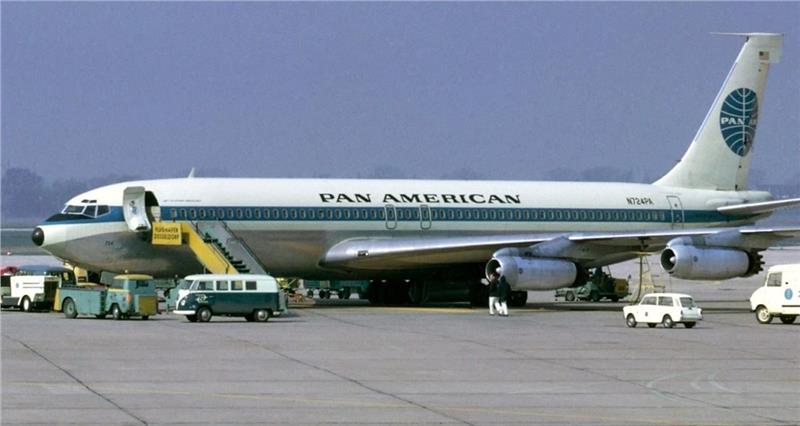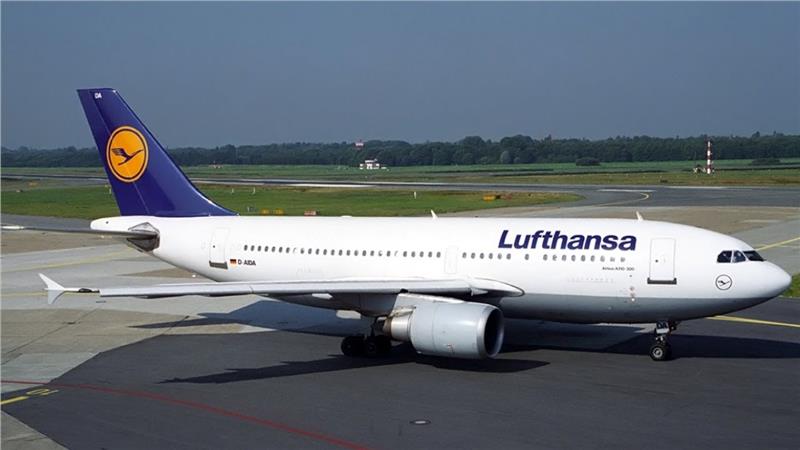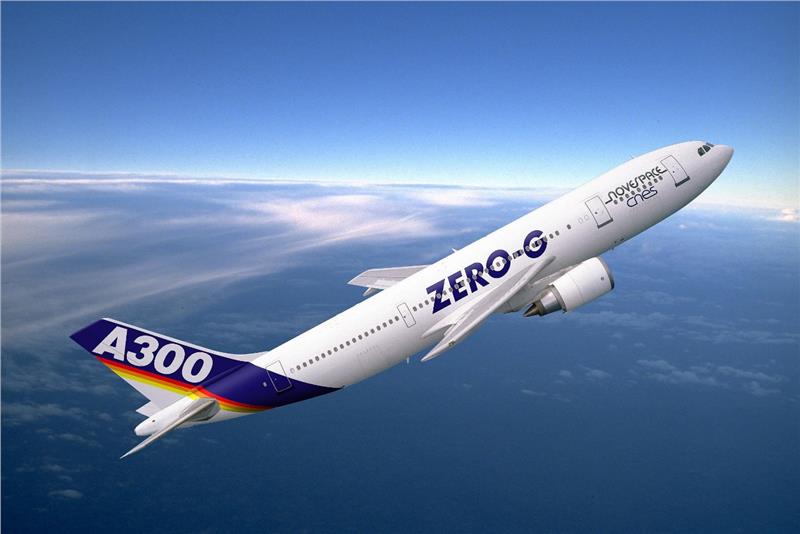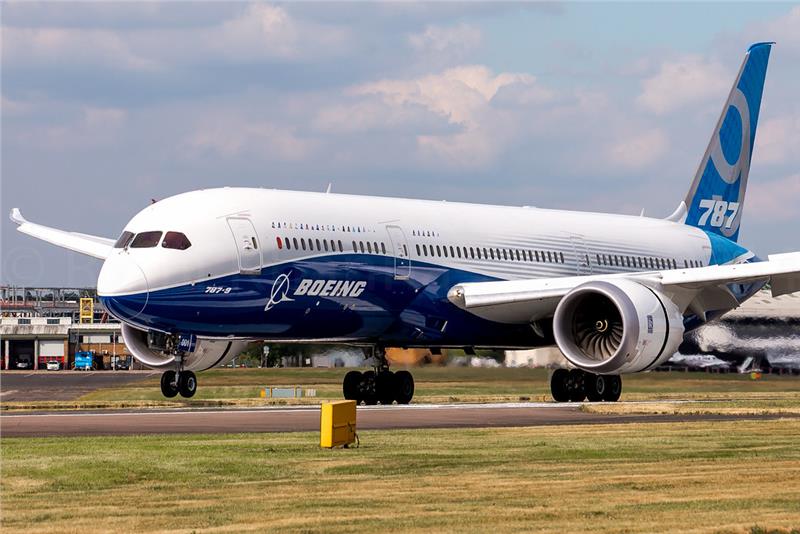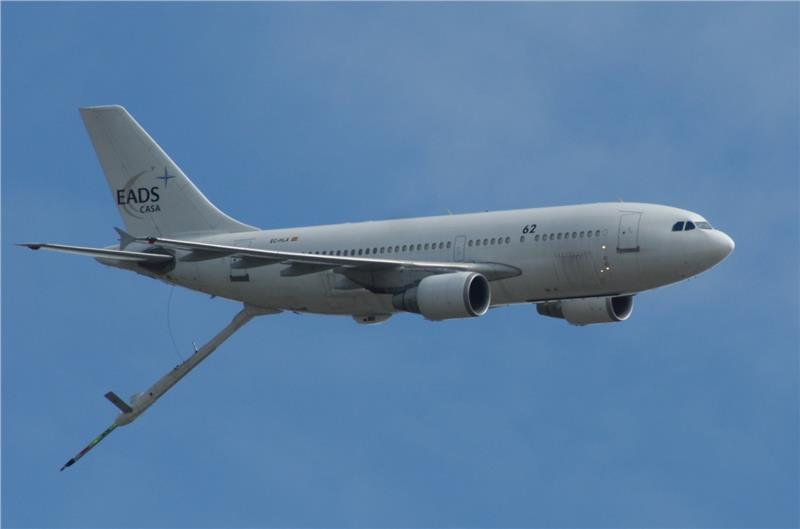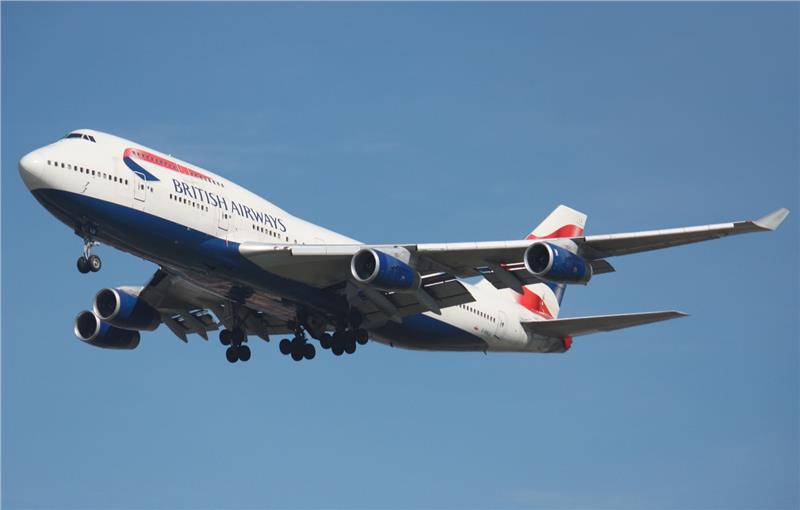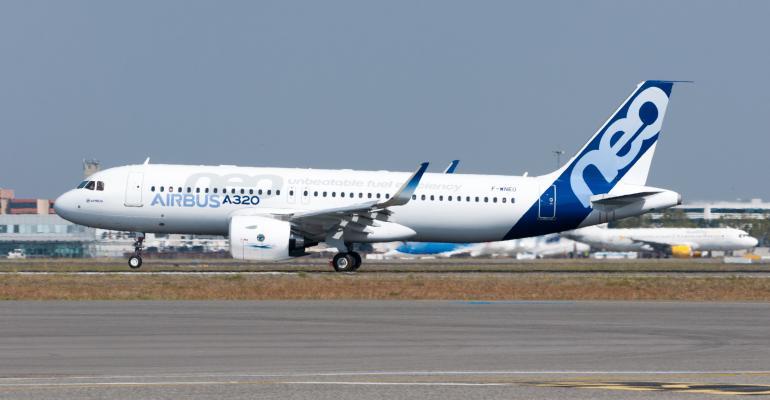The Boeing 767 is a wide-body twin-engined jet aircraft from medium to large sizes produced by Boeing Commercial Airplanes. In the following article, AloTrip will share with you the most useful information about Boeing 767 aircraft.
The Boeing 767 is a wide-body twin-engined jet aircraft produced by Boeing Commercial Airplanes. It was considered the first twin-engined aircraft of the airline equipped with a cockpit display for two pilots. Boeing 767 is used by airlines such as Delta Air Lines, UPS Airlines, American Airlines and All Nippon Airways.
Because the Boeing 767 and Boeing 757 were developed at the same time, they share many general designs and features that allow pilots with the same license to control both. Boeing 767 aircraft can accommodate from 181 to 375 passengers on the distance from 7130 to 11,825 km. The variants of Boeing 767 are Boeing 767 -200, Boeing 767-200ER, Boeing 767-300, Boeing 767-300ER, Boeing 767-300F, and Boeing 767-400ER.
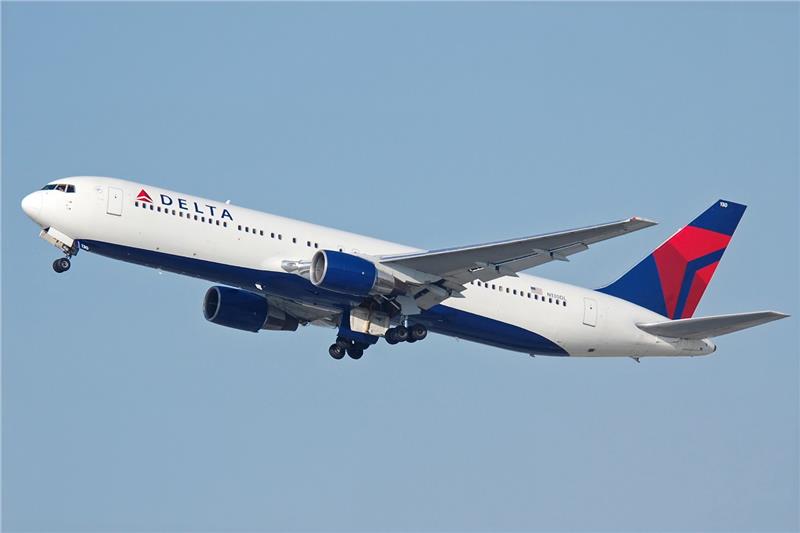
Development
Two years after the Boeing 747 went into operation, Boeing began researching a 7X7 wide-body aircraft to replace the 707 and first-generation narrow-body aircraft.
It was originally conceived as a takeoff and landing aircraft for short-haul flights. Because airlines were uninterested, the Boeing 7X7 was redefined to be a mid-range, mid-sized aircraft.
In 1976, the basic configuration of the aircraft was a twin-jet layout that had debuted on the Airbus A300.
In February 1978, the manufacturer named the Boeing 767 and introduced three planned variants: 767-100 with 190 seats, 767-200 with 210 seats and 767MR / LR with 200 seats for transcontinental routes. Later, the 767MR / LR model was renamed to 777 for differentiation purposes. The Boeing 767-100 version was not commercialized because its capacity is similar to that of the Boeing 757 model.
On 14 July 1978, United Airlines ordered 30 Boeing 767-200s, followed by American Airlines and Delta Air Lines with 50 orders.
In July 1979, the final assembly of the first Boeing 767 began.
On 26 September, 1981, the first flight was conducted by pilots Tommy Edmonds, Lew Wallick and John Brit.
In July 1982, the Boeing 767-200 JT9D engine was certified by the United States Federal Aviation Administration (FAA) and the UK Civil Aviation Authority.
On 25 October, 1982, Delta Air Lines received its first Boeing 767-200 CF6 engine after it had been certified in September 1982.
Operational history
On 8 September, 1982, United Airlines was the first airline to put a Boeing 767-200 with two JT9D engines into service on the flight from Chicago to Denver.
Three months later, a Boeing 767-200 CF6 engine of Delta Air Lines took off.
In late 1982, American Airlines and TWA began flying Boeing 767-200.
Air Canada, China Airlines and El Al airlines began operating the aircraft in 1983.
To capitalize the potential of the Boeing 767, the manufacturer offered a long-range model, the Boeing 767-200ER. In December 1982, Ethiopian Airlines was the first airline to order this model. Egyptian airline El Al also operated the Boeing 767-200ER into commercial service on 27 March, 1984.
As of February 2017, Boeing 767 received 1,204 orders from 74 customers and delivered 1,097 aircraft.
Specifications
|
Variants |
767-200 |
767-200ER |
767-300 |
767-300ER |
767-300F |
767-400ER |
|
Cockpit crew |
Two |
|||||
|
3-class seating |
174 (15F, 40J, 119Y) |
210 (18F, 42J, 150Y) |
|
243 (16F, 36J, 189Y) |
||
|
2-class seating |
216 (18J, 196 Y) |
261 (24J, 237Y) |
|
296 (24J, 272Y) |
||
|
1-class seating |
245Y |
290Y |
|
409Y |
||
|
Exit limit |
290 |
351 |
|
375 |
||
|
Cargo |
86,9 m³ |
114,1 m³ |
438 m³ |
138,9 m³ |
||
|
Unit load device (ULD) |
22 LD2 |
30 LD2 |
30 LD2 + 24 pallet 220×320 cm |
38 LD2 |
||
|
Length |
48,51 m |
54,94 m |
61,37 m |
|||
|
Wingspan |
47,57 m |
51,92 m |
||||

